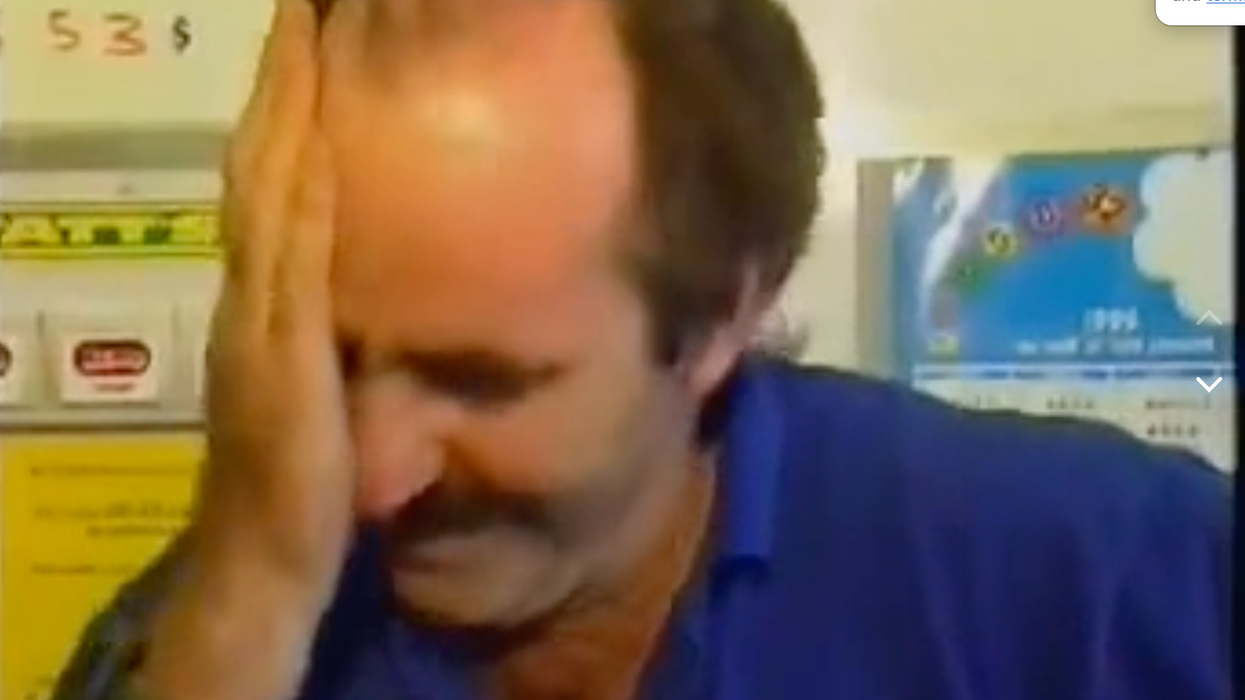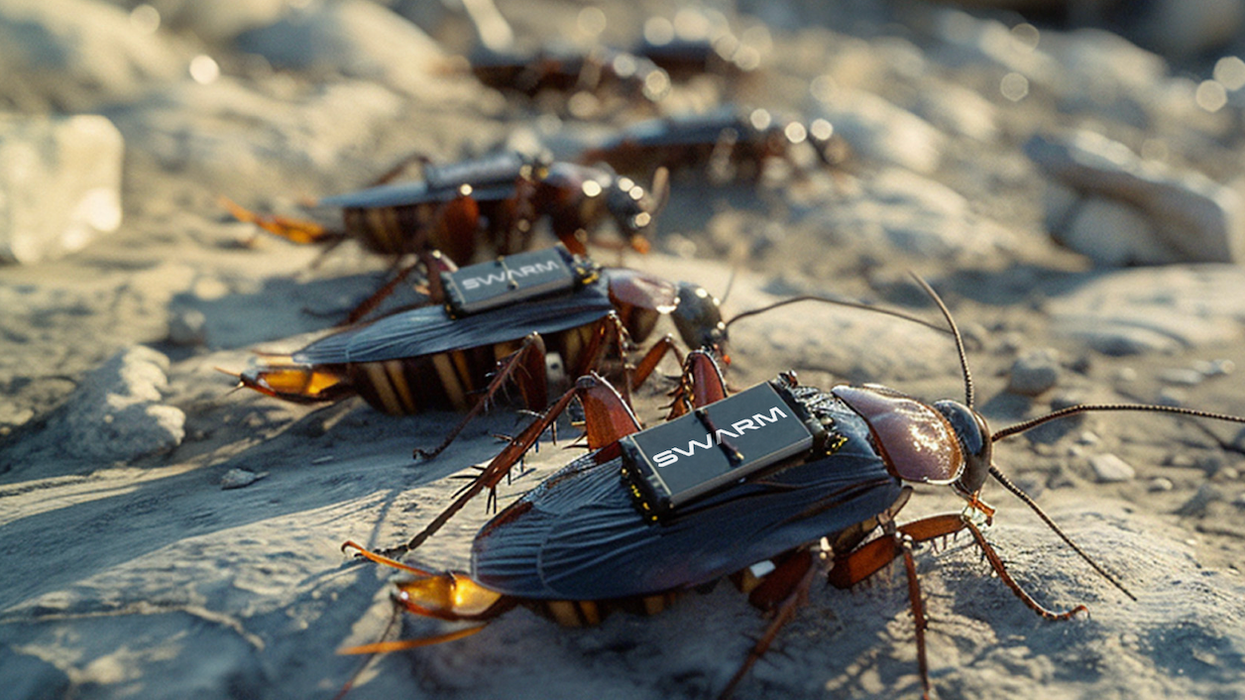High on the totem pole of digital media are the video content creators revolutionizing the way in which the public ingests shareable, newsworthy and trending content.
The first to fully realize the formula behind sharable videos is the Australian production house the Woolshed Company.
Over the last two years, Woolshed produced eight videos as a part of a project to experiment with short-form media that made people want to click, watch and re-share. The video concepts presented compelling, albeit unbelievable and fake, scenarios including a man standing in dangerous proximity to a tornado, a GoPro falling from a drone to the dusty grounds of the Burning Man festival, a snowboarder outrunning a brown bear, a man escaping an attack by a great white, a selfie stick fight, a Stormtrooper tumbling down stairs, lightening nearly striking a woman on a secluded beach and a lion seeking revenge on a trophy hunter.
The objective of the project was simple: to go viral and make the news. Each of the videos were shared across multiple online news publications and mentioned in international news broadcasts on CNN, NBC, Fox, CBS and more. Over two years, the Melbourne company’s eight videos collectively accrued more than 205 million views across 180-plus countries, receiving more than 500,000 comments and over 1.6 million likes. In total, the videos amassed 164 years of YouTube watch time without paid promotion or publicity.
After reaching 34 million views on the first video of the series, “GoPro: Man Fights Off Great White Shark In Sydney Harbour,” in June 2014, Roadshow Entertainment paid the production house to produce “Crazy Guy Runs Into Outback Tornado To Take Selfie.” The soon-to-be viral video would be used in promotion with the film, “Into The Storm,” which closed out box office sales at $161.7 million.
Following the massive success of the first two videos, Woolshed Company Managing Director Dave Christison pitched the project to Screen Australia, the country’s government funding agency for the screen production industry. Christison told The Guardian Australia, “We approached [Screen Australia] with the concept, that we’d really like to figure out what are the best ways to reach really big audiences with these tiny little stories. It was totally different to what they normally fund.”
Ultimately, the six subsequent videos included in the project were publicly funded by Screen Australia to the tune of $100,000.
Mike Cowap, Investment Manager of Multiplatform & Interactive at Screen Australia, said, “We were aware that some people may not [realize] the videos were fiction, so Screen Australia was clear from the outset that none of the content could cause a potential War of the Worlds moment, alarm people or cause them to take action. …The volume and quality of product the Woodshed Company produced with their funding met our expectations, and they certainly show promise to extend their skills into longer-form narrative.”
So what’s the key to turning clickbait into viral content in an overcrowded digital media scape? In addition to attracting the reader with a sellable headline and feature image, Christison believes viral videos should be treated as entertainment that sparks conversation. He said, “You [also] must create an element of doubt but present it as real, so an argument and debate is created over the authenticity. That was key to our success.” In such, viral videos will always tell a story — even if it’s fake.






















